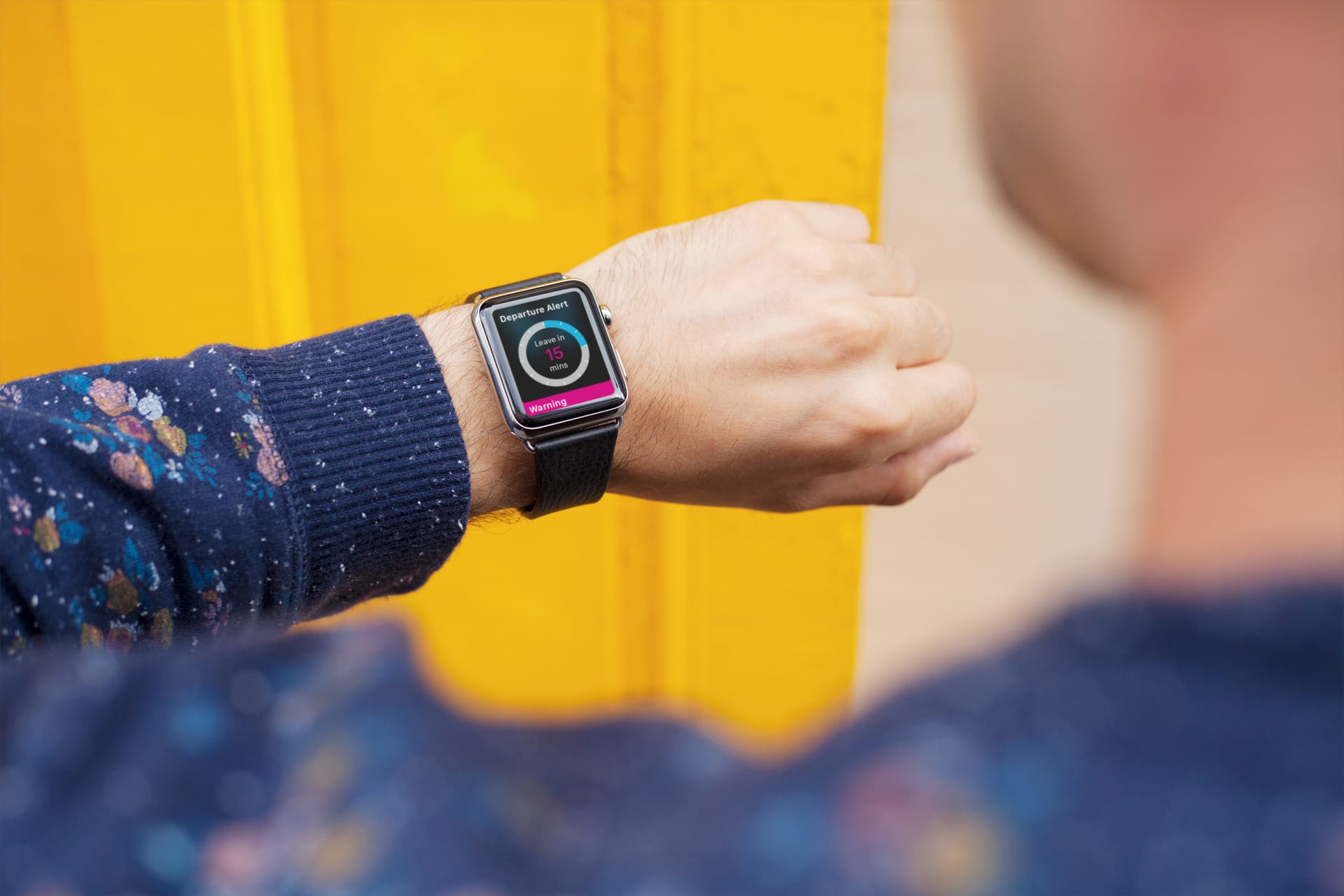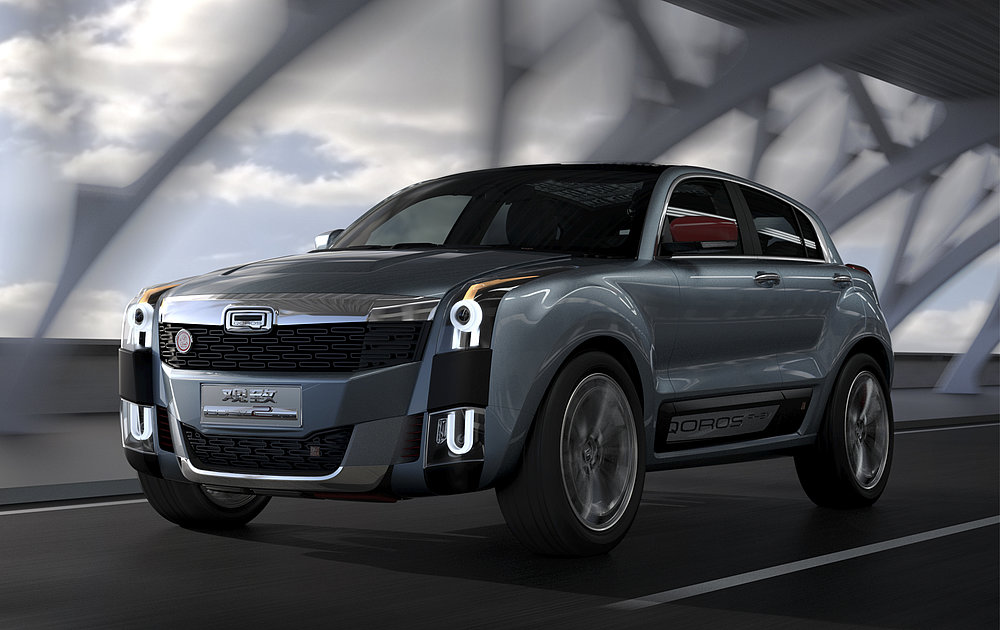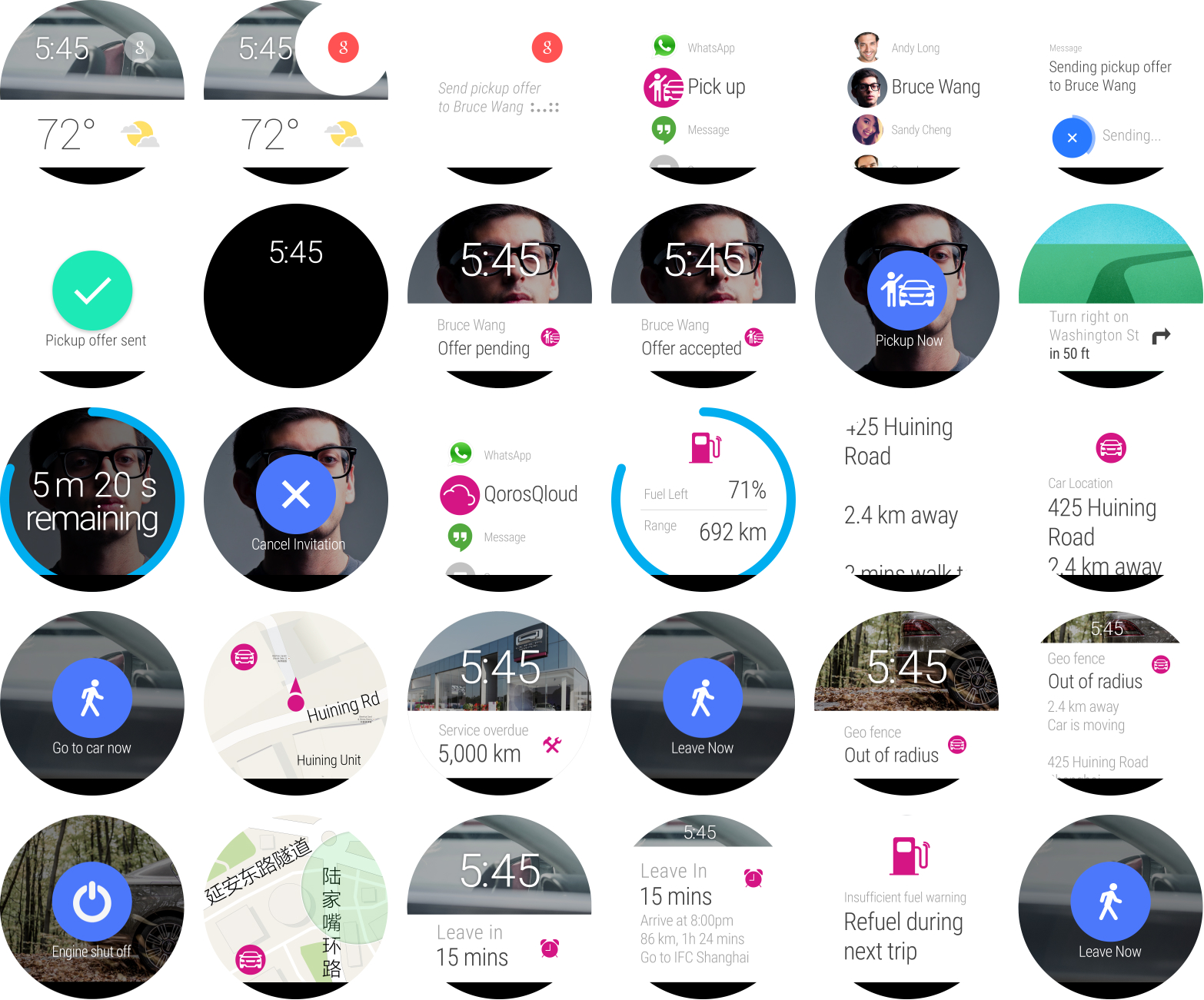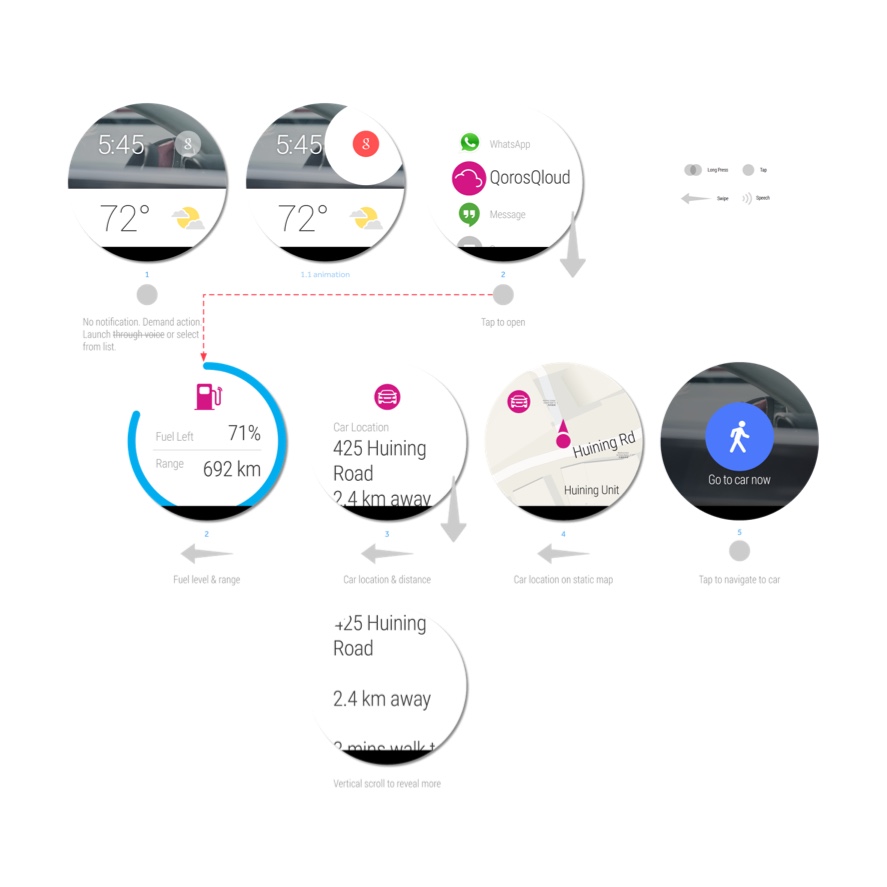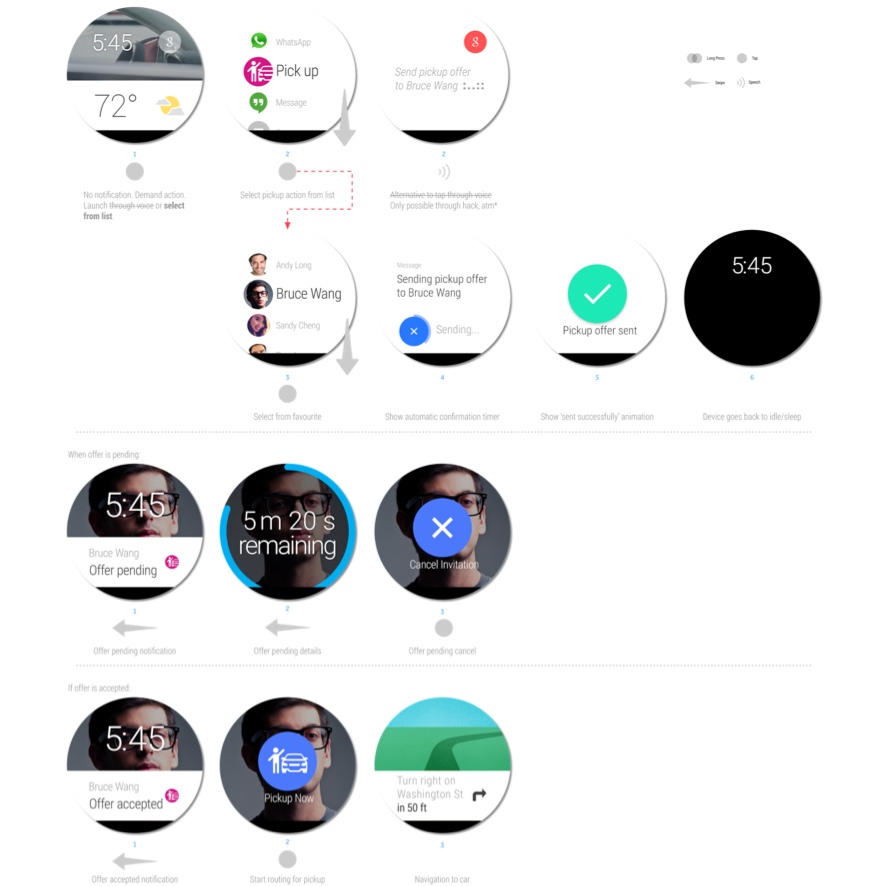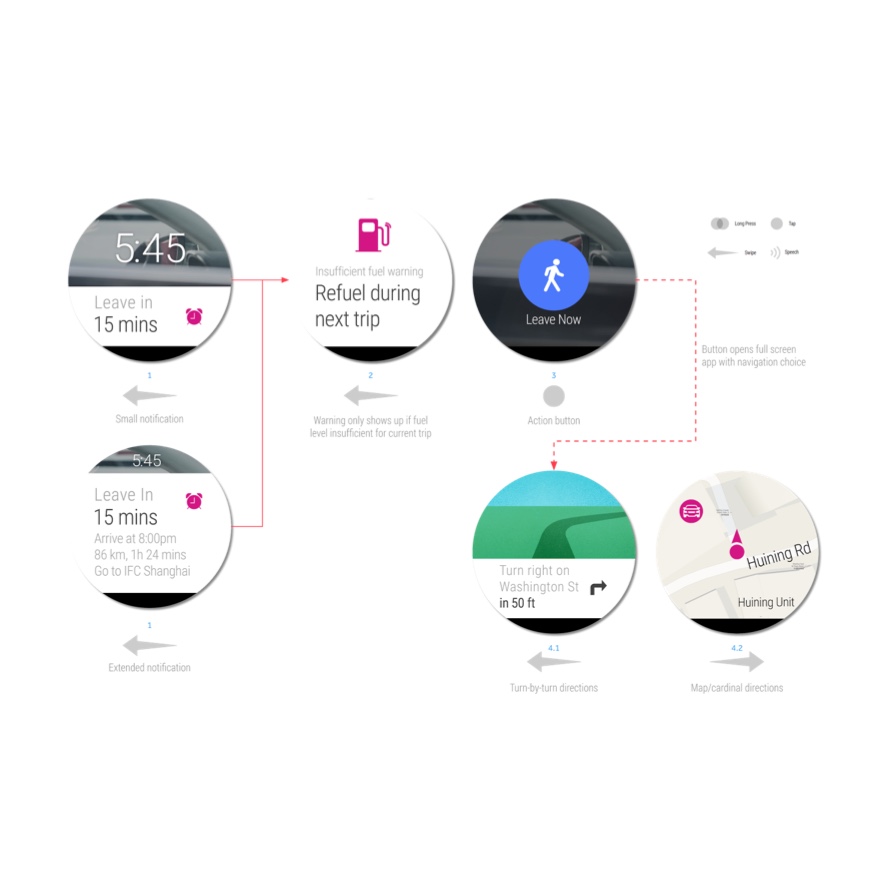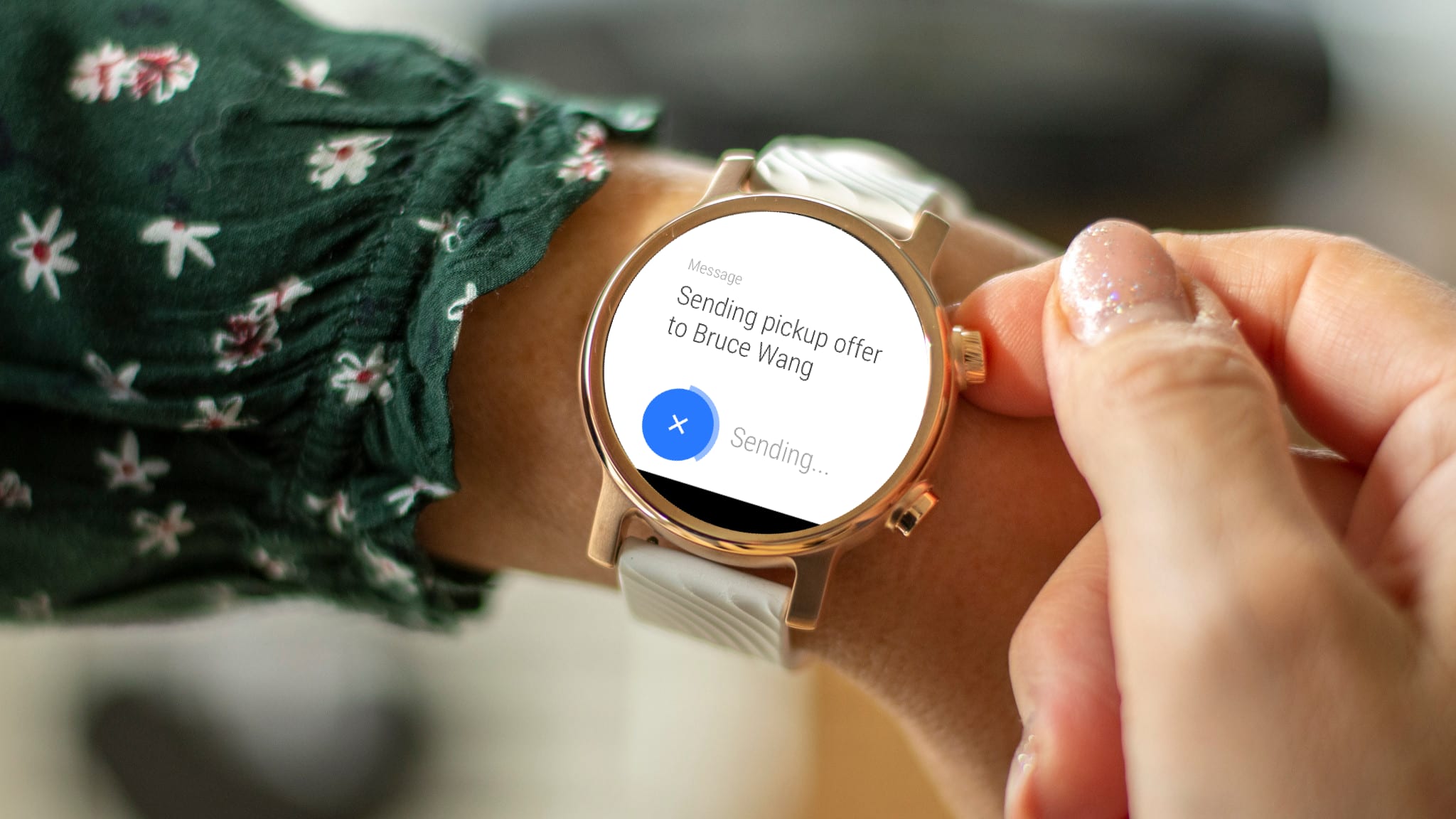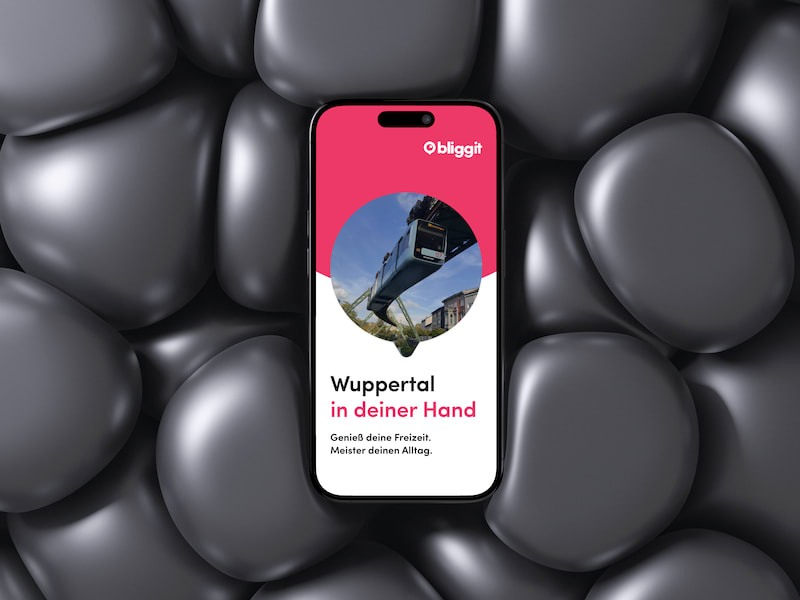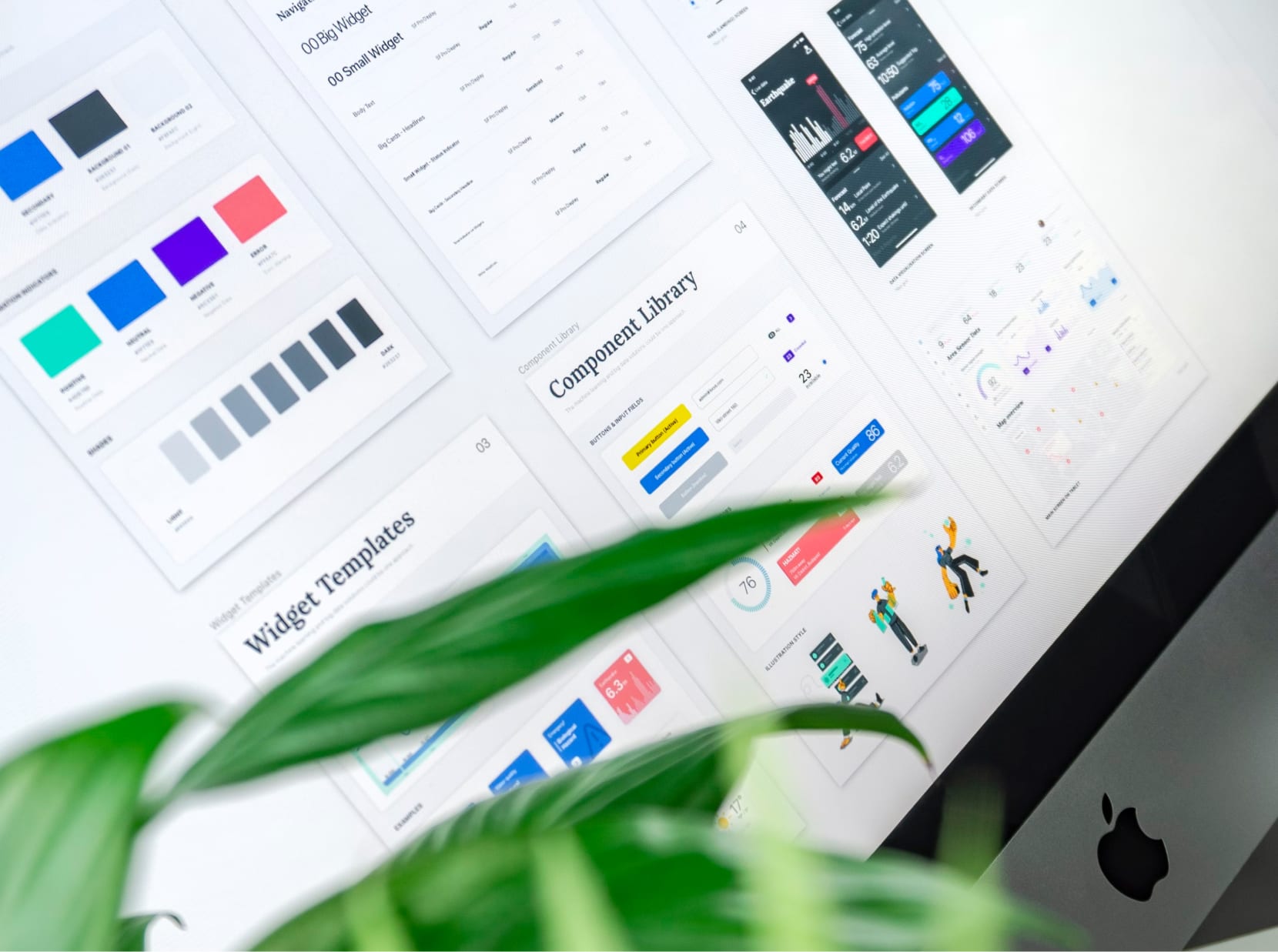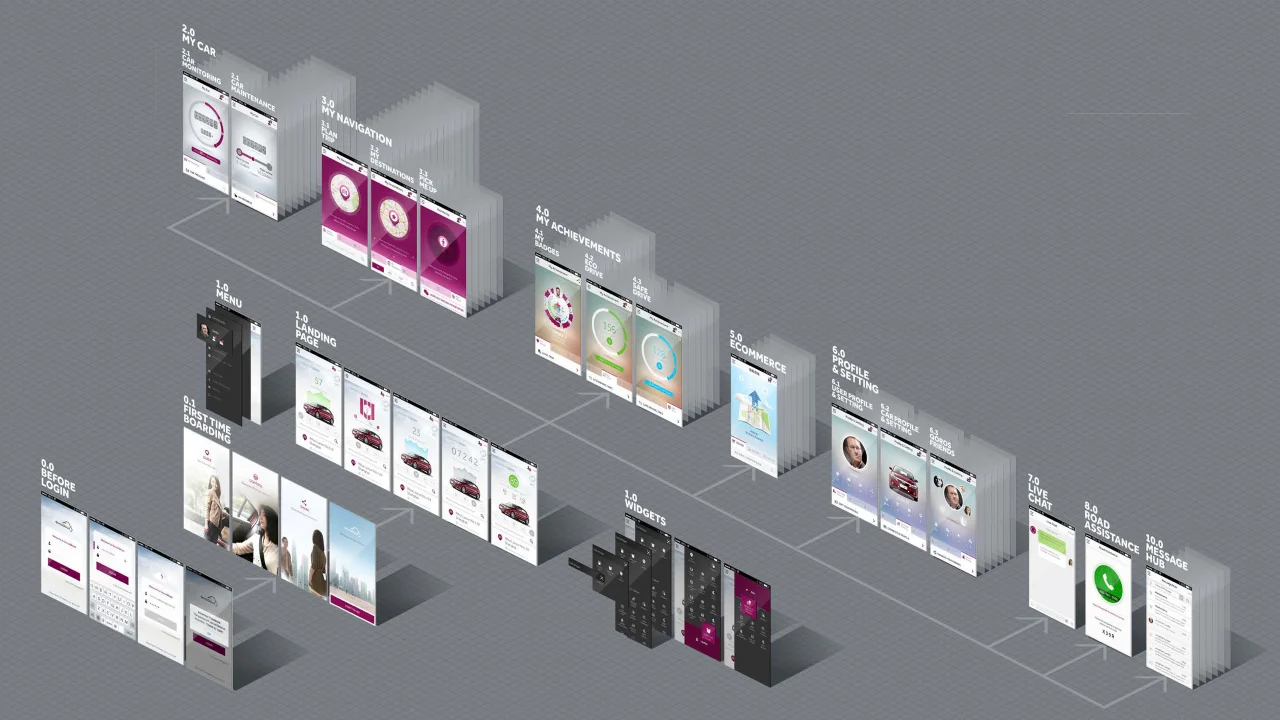Outcome
The concept gathered quite some interest from visitors and press at the Shanghai Auto Show. However, I would attest this more to the fact that we had some shiny new Apple Watches on the stand.
What proved more difficult than expected was creating working prototypes after the design phase. There were some technical difficulties with the API and the Motorola Moto 360 turned out as the completely wrong choice. Why so, had it not wowed visitors with its sleek round look? That was certainly the case. However, the Moto 360 ran Android Wear as its OS, which in turn was built around Google services. And those services are all but blocked in China.
However, when we started the project rumour had it that Google was about to make a comeback in China in the imminent future. This seemed more than plausible, given the rapid technological advances of the biggest population in the world. Surely, Google wouldn’t want to miss out on making business in the soon-to-be strongest economy in the world.
Turns out that rumours are oftentimes just rumours. Google still hasn’t come back to China. And all of its resources are not available in China. Which meant that the developers couldn’t access the smartwatch references and APIs. Hence, the project had to be scrapped and will stay a concept. And it’s probably reasonable to say that we took a chance and lost.

